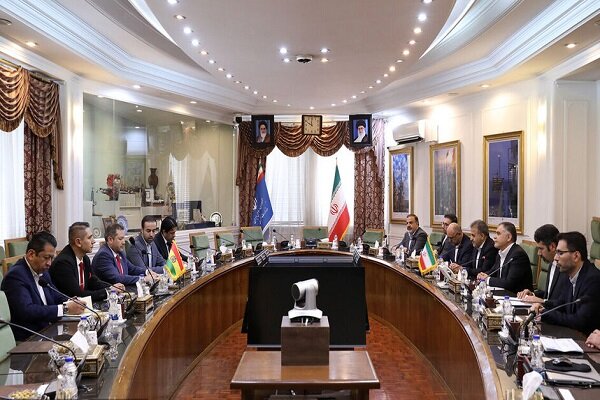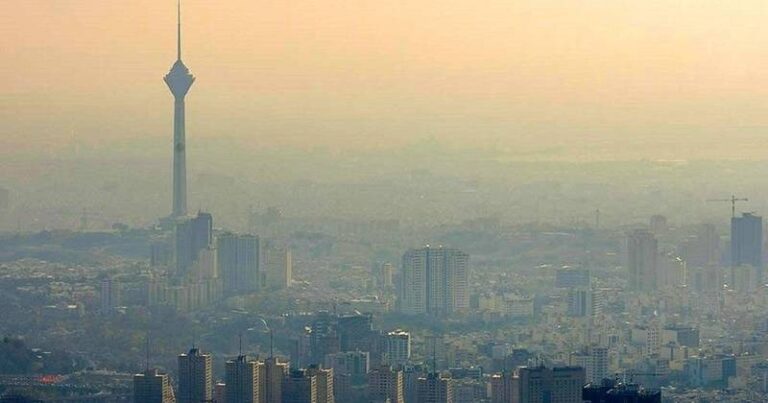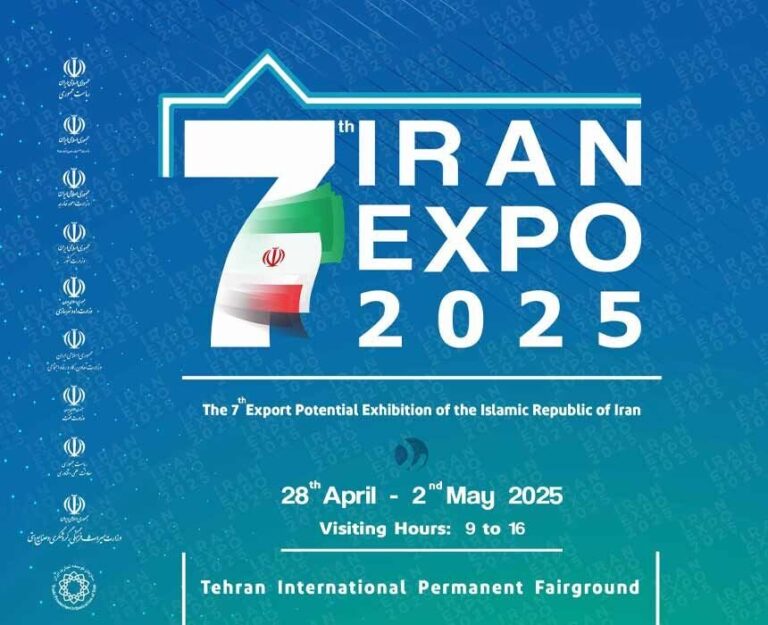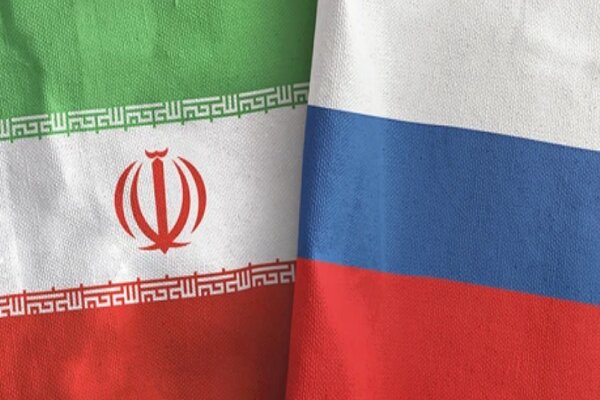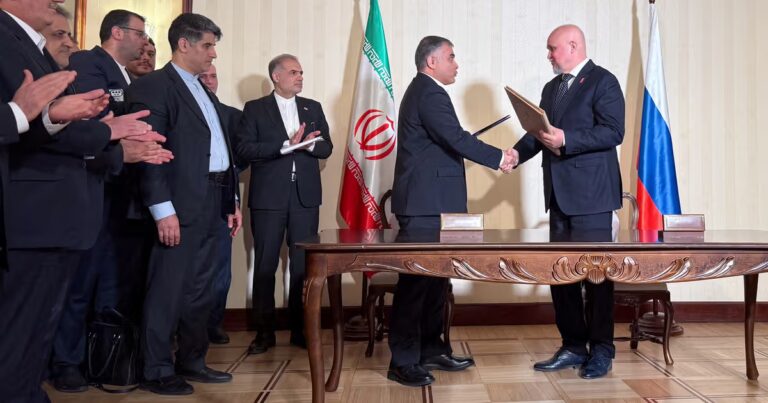Massive 50 Trillion IRR Investment Set to Transform Tehran-Aprin Rail Dry Port
In a significant development for rail logistics in Iran, the Tehran-Aprin Rail Dry Port is set to receive a substantial initial investment of 50 trillion IRR. This investment, announced by Nourollah Beiranvand, the Deputy for Investment and Economic Affairs at Iran’s Railway Transportation Department, marks a crucial step in expanding rail logistics and attracting foreign investors.
During the launch of the port’s final development phase on Sunday, Beiranvand highlighted the importance of this dry port in enhancing the country’s logistics capabilities.
Key Highlights of the Tehran-Aprin Rail Dry Port Investment
- Investment Amount: 50 trillion IRR allocated for initial development.
- Role in Logistics: The dry port is pivotal for expanding rail logistics and luring foreign investments.
- Private Sector Involvement: Contracts for new locomotives are being finalized with contributions from private sector players.
- Infrastructure Challenges: Development complexities arise from limited access fees, but public-private partnerships are in progress.
- Active Logistics Center: Tehran-Aprin is recognized as one of Iran’s most dynamic logistics hubs.
- Investment Procedures: Continuous efforts to streamline investment processes and facilitate land allocations.
- Collaboration with Private Operators: Plans for dedicated freight train services are underway, in partnership with private operators.
- International Focus: The strategy emphasizes rail-based transit expansion, prioritizing foreign investors and international transport corridor operators.
- Foreign Participation: Several foreign operators, particularly from neighboring countries, are already engaged in the project.
- Investment Phases: In the current phase, approximately 5 trillion tomans is being invested, with additional contracts anticipated soon.
Beiranvand noted that the involvement of the private sector is essential in overcoming challenges related to infrastructure development. He stressed that while access fees present a hurdle, ongoing cooperation with major industrial and mining firms through public-private partnerships is expected to yield positive outcomes.
Furthermore, he pointed out that the Tehran-Aprin Rail Dry Port is not only a logistical hub but also a center for economic growth. The port aims to simplify investment procedures, which will enhance the overall efficiency of operations and attract more investors to the region.
As part of the ongoing development, dedicated freight train services are being planned in collaboration with private operators to improve logistics and transportation efficiency. This initiative is anticipated to play a vital role in optimizing supply chains and reducing transit times.
Beiranvand’s remarks also emphasized the strategic focus on expanding rail-based transit within Iran. By prioritizing foreign investors and international transport corridor operators, the Tehran-Aprin Rail Dry Port aims to position itself as a key player in regional logistics.
Several foreign operators have already expressed interest in participating in the development of the dry port, further indicating the project’s potential to attract international investment. This collaboration is seen as an essential step in enhancing Iran’s connectivity with neighboring countries and beyond.
In conclusion, the investment of 50 trillion IRR into the Tehran-Aprin Rail Dry Port signifies a transformative opportunity for Iran’s logistics sector. As contracts for new locomotives and freight services are finalized, more details will be shared to keep stakeholders informed about the project’s progress.
With a clear strategy in place and a commitment to enhancing rail logistics, the Tehran-Aprin Rail Dry Port is poised to become a cornerstone of Iran’s transportation infrastructure, attracting both local and international investments.

